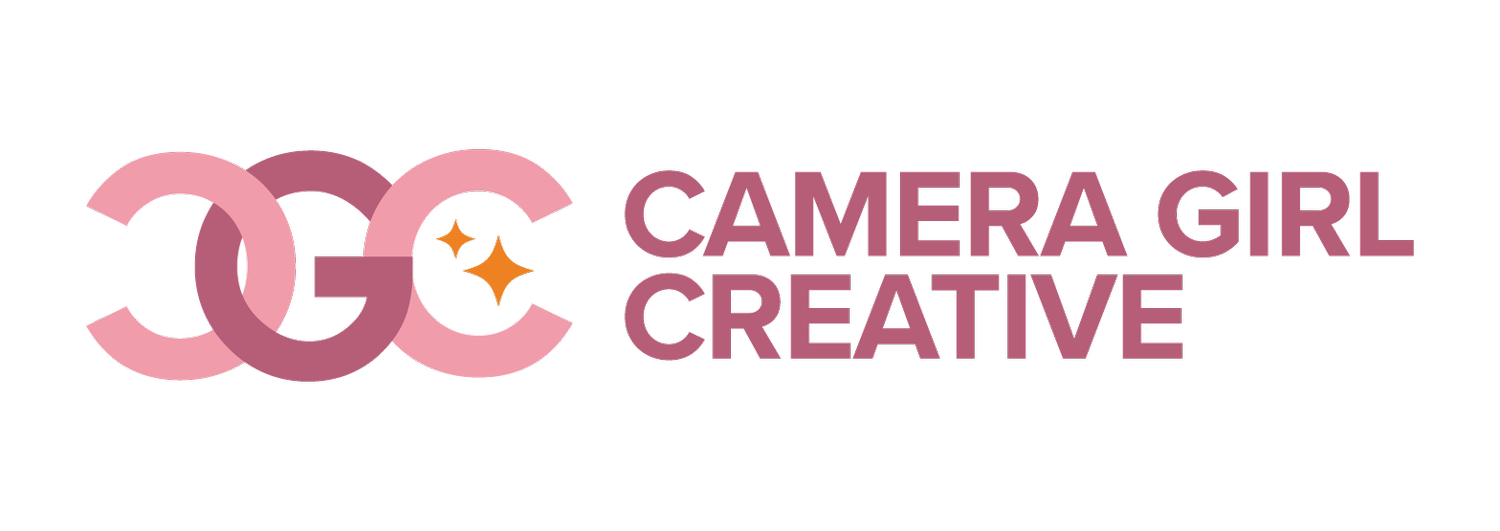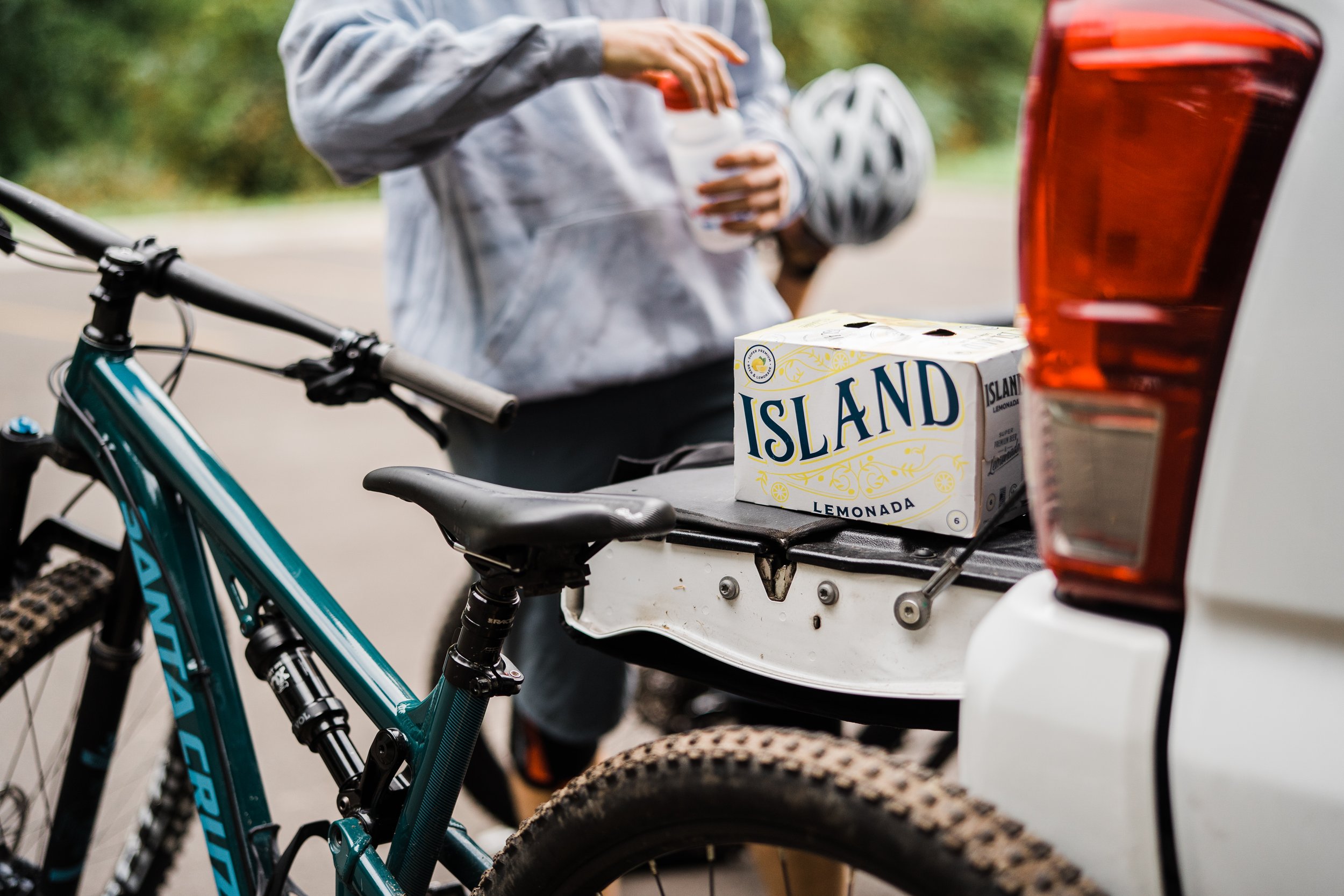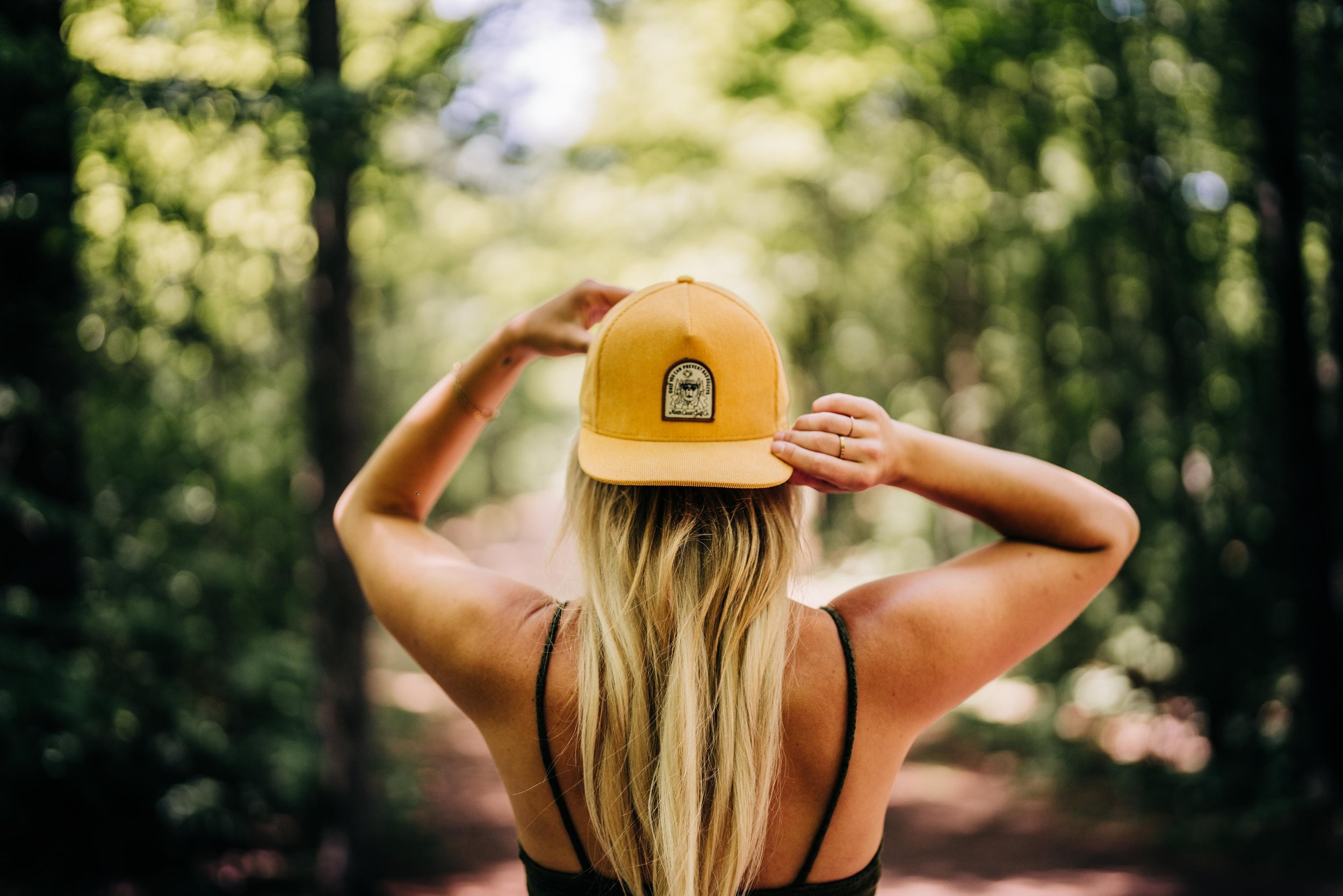How to Make your Photography Work Harder For Your brand
Brand photography is an investment. Just like any other investment, it’s important to ensure that it’s benefitting your brand as much as possible.
Whether you’re seeking a batch of punchy studio product images or some lighthearted lifestyle photography, those photos shouldn’t just sit pretty in a Dropbox folder. Here’s how to stretch your brand photography further.
1. Start with Strategy, Not Just Aesthetic
Before we even touch a camera, we need to know your “why.” Shooting without a plan is like going to Home Depot to buy tools and supplies without knowing what you’re building yet.
Here are just a few questions to consider when developing a strategy for your brand’s images:
What’s the goal of this shoot? How will you measure success?
Will these assets be part of a larger campaign? Are there other components that will be part of this campaign, and how will your imagery work best with them?
Where will your photography live? Which channels—social? paid? print?—should your assets be optimized for?
When we know this info going into the shoot, we’re working with intention. That means making the most of our time and your budget to set your brand up for greater success.
2. Practice purposeful pre-production
While I can’t resist a good alliteration, I’m also a sucker for a solid pre-production. The better the plan going into our shoot, the clearer we are on exactly what you need from this investment—and the more optimal the outcome.
SHOT LIST
To kick things off, we’ll work together to develop a shot list. Just like any shopping list, we won’t leave anything out—we’ll include every angle, orientation, and file type that’s needed to create success.
MOOD BOARD
My personal favorite pre-pro tool? A mood board. Mood boards are a visual representation of your shot list. We might pull imagery from your brand’s previous shoots, competitor imagery, Pinterest, stock photos, or whatever else helps us define the shoot’s vibe. The final shots may not match exactly, but a mood board keeps our look, feel, and direction aligned.
PRODUCTION PLAN
Not every project needs a full-blown production plan, but if maximizing shoot time is a priority, there’s no better document to guide us. Think of a production plan as a reorganized shot list—one that maps out when and where each shot will happen, and what props or people we’ll need to get it done. A good production plan maps out when and where each shot will take place as well as what props or people are needed to accomplish the shot.
The more thorough and thoughtful we are in pre-production, the more seamless and successful our shoot will be.
3. Shoot once, use again and again
A single image can do double or even triple duty if we plan it right. Just like the tools you’d buy at Home Depot, you won’t use that brand image once for a campaign and then throw it away. To see a bigger return on your photo assets, we’ll need to think about how you can use them for a multitude of projects.
That lifestyle shot? Crop it for email headers, use it as an ambient Instagram story background, turn it into a blog thumbnail, or even print it as a packaging insert. If we shoot with flexibility in mind, you’ll end up with a visual toolbox, not just a gallery.
BONUS Tip: keep your brand as your backbone
Your photos should feel like your brand long before someone reads a caption. We’re not just slapping your logo on a stock photo and calling it brand photography - no sir. We’re subtly and intentionally nodding to your brand’s essence in every single shot.
We might incorporate brand colors into your prop styling, use a consistent editing or composition style, or cast talent that looks like your target demographic.
The bottom line: be consistent. Whether you're polished and professional or playful and bold, your photos should walk the brand walk.
Brand photography isn’t just about pretty pictures—it’s about creating working content. The kind that earns clicks, books clients, and makes your brand feel polished and irresistible. When you optimize both the shoot and how you use the deliverables, your photos work harder for you.






